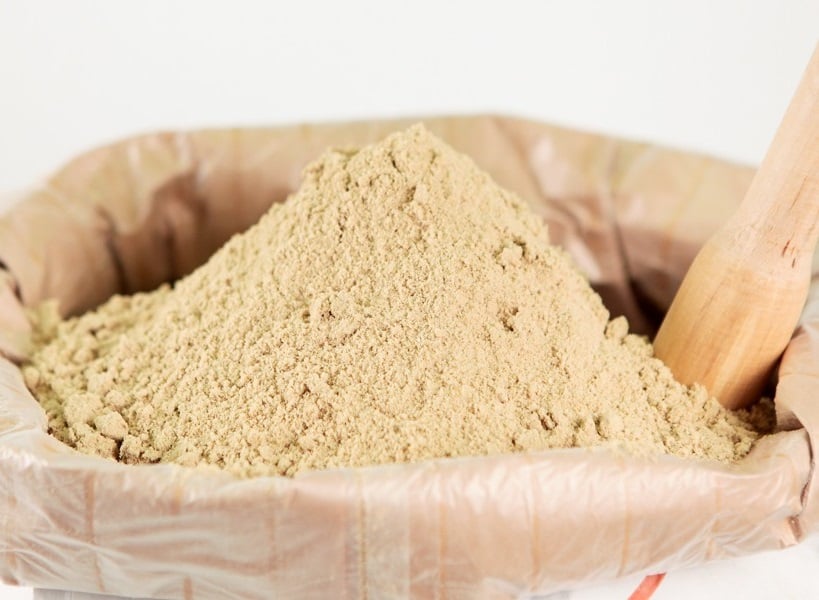November 27, 2025 | 13:38 GMT +7
November 27, 2025 | 13:38 GMT +7
Hotline: 0913.378.918
November 27, 2025 | 13:38 GMT +7
Hotline: 0913.378.918

India banned the export of rice bran extract until the end of November this year.
According to the Vietnam Trade Office in India, on July 28, 2023, The Directorate General of Foreign Trade of India issued Notice No. 21/2023 banning the export of de-oiled rice bran (DORB), effective immediately and lasts until November 30, 2023.
The development comes after more than a week when India banned the export of non-Basmati rice. This decision was made in the context of a significant increase in the domestic price of milk and dairy products due to the soaring price of animal feed, in which the main ingredient is deoiled rice bran (DORB) or rice bran extract, a major ingredient in animal, poultry and fish feed.
According to data from the Ministry of Industry and Trade of India, in the first 5 months of 2023, India exported 288 thousand tons of extracted rice bran, down 21.54% over the same period. Which, the amount of bran exported to Vietnam reached 155.9 thousand tons, accounting for 54.13% of the total export volume of India.
India's ban on rice bran exports takes effect immediately and will have an impact on rice bran export contracts that have not yet been delivered. In particular, Vietnam is a country that imports a large amount of rice bran from India, so it will cause risks for businesses importing in Vietnam. Therefore, the Vietnam Trade Office in India suggested that Vietnamese importers quickly work with export partners in India to view item status and solve problems on a contract basis.
Translated by Hoang Duy

(VAN) China’s cooking oil is suddenly flooding into India. It all comes down to a soybean surplus that Beijing doesn’t quite know what to do with.

(VAN) An Giang promotes supply-demand connections, standardizes quality and builds value chains, creating a foundation for sustainable bird’s nest development and aiming to expand exports.
/2025/11/24/5339-4-nongnghiep-075331.jpg)
(VAN) Recently, the conference on 'Sustainable Fisheries Linkage Chain - Tilapia for Export' took place in Tien Hai commune, Hung Yen province.
/2025/11/21/4309-2-153400_128.jpg)
(VAN) Green and low-emission rice is paving the way for Vietnamese rice to enter high-end markets, marking the beginning of a transformation journey toward greening and elevating the national rice brand.

(VAN) ‘Right to Win’ outlines a national action plan that shapes a new vision for Viet Nam’s agriculture in an era of renewal and global integration.

(VAN) Lam Dong’s farmed sturgeon output this year is expected to reach 2,300 tons, worth VND 450 billion, affirming the brand’s position on the market.

(VAN) A surge in Ukrainian egg exports, largely driven by soaring sales to the UK over the last few years, has notably pushed up egg prices on the domestic market.